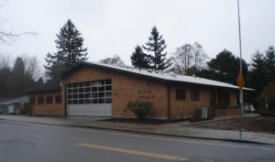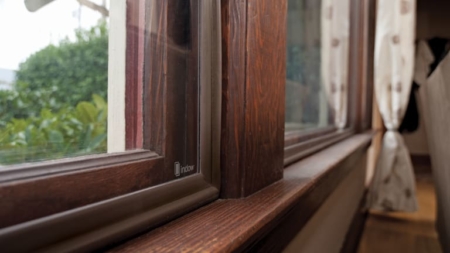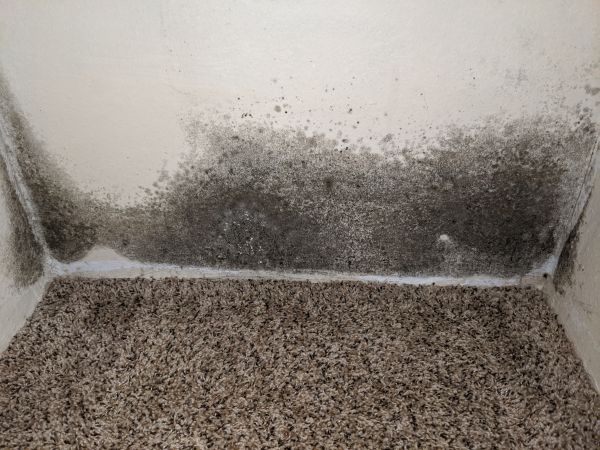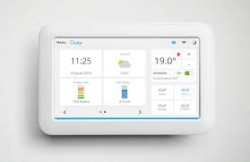An Overview of Green Commercial Buildings
Buildings can become green, also known as sustainable, in the design, building, and renovating stages. Green buildings are resource-efficient and the overall impact to the environment is reduced. Operating expenses are lowered, plus employees and visiting clients benefit from greater air quality. Qualities of green commercial buildings include:
Water efficiency
- Low flow faucets, toilets, water features, and other water appliances reduce water usage.
- Do not use water sprayers to clean parking lots.
- Cisterns can collect rain water or other non-potable water to reuse for site irrigation and a dual plumbing system can use this water for toilets as well.
- The existing landscape can be retained unless it is environmentally unsustainable (example: non-native plants that require excessive water and time to maintain). Protect current native plants and natural features, such as streams and boulders. Boulders are a great way to enhance a landscape without needing water or routine maintenance. When selecting plants for a landscape, choose ones that have low pesticide and water requirements.
- Landscape irrigation can be set on a timer to water plants at night or early in the morning for less evaporation compared to the middle of the day when it is warmer. Irrigation systems are turned off during times of heavy rainfall.
- Point-of-use water heating systems can be installed for use in more distant locations on the property.
Energy Efficiency
- Provide natural light whenever possible. Natural light not only reduces electricity bills, but it has been shown to increase well being and productivity in employees.
- Utilize task lighting instead of bright general overhead lights.
- Install motion sensors connected to lighting in rooms that are only periodically occupied for short periods of time, such as an office supply or storage room. This keeps the lights off when the room is unoccupied, thereby reducing energy costs.
- Eco-roofs can help buildings to naturally keep cooler in the summer and warmer in the winter. Nintendo of America’s headquarters in Redmond, WA has an eco-roof that is covered in approximately 75,000 square-feet of sedum which insulates the building from the sun and absorbs excess carbon dioxide.
- Install high R-value wall and ceiling insulation.
- Use an energy-efficient and properly sized heating and cooling system.
- Alternative energy sources, such as fuel cells and photovoltaics, can further increase energy efficiency.
- In passive solar design, the walls, floors, and windows can help collect, store, and distribute solar energy in the form of heat on cool days.
Efficiency in Materials
- Include recycled or reusable building materials with zero or low toxicity whenever possible.
- Recycle or donate unused materials, including drywall.
- When purchasing new building materials, buy from local companies.
- Use material efficient building strategies, such as advanced framing techniques. Another example is to design rooms on 4-foot multiples to conform to standard-sized wallboard and plywood sheets.
Other Green Features
- Air Quality: Use adequate ventilation, proper air filtration, and select building materials that are resistant to microbial growth. Non-toxic cleaning products should be used when possible.
- For large companies with many employees, consider choosing a building site that is close to mass transit. Some companies even offer incentives, such as discounted or free bus passes. This reduces air pollution and traffic congestion from driving as well as demand on parking lot space.
- Include recycling receptacles in work areas to encourage recycling instead of just throwing things away in the trash bin.
The people that spend time in sustainable buildings can benefit from a reduced rate of allergies, asthma, headaches, and other ailments caused by poor air quality and harsh artificial lighting. Green buildings may cost more initially, but they save money through lowered operating costs over the life of the building. Grants and tax credits can sometimes be available, such as through the City of Portland, Energy Trust, and the Oregon Department of Energy.







